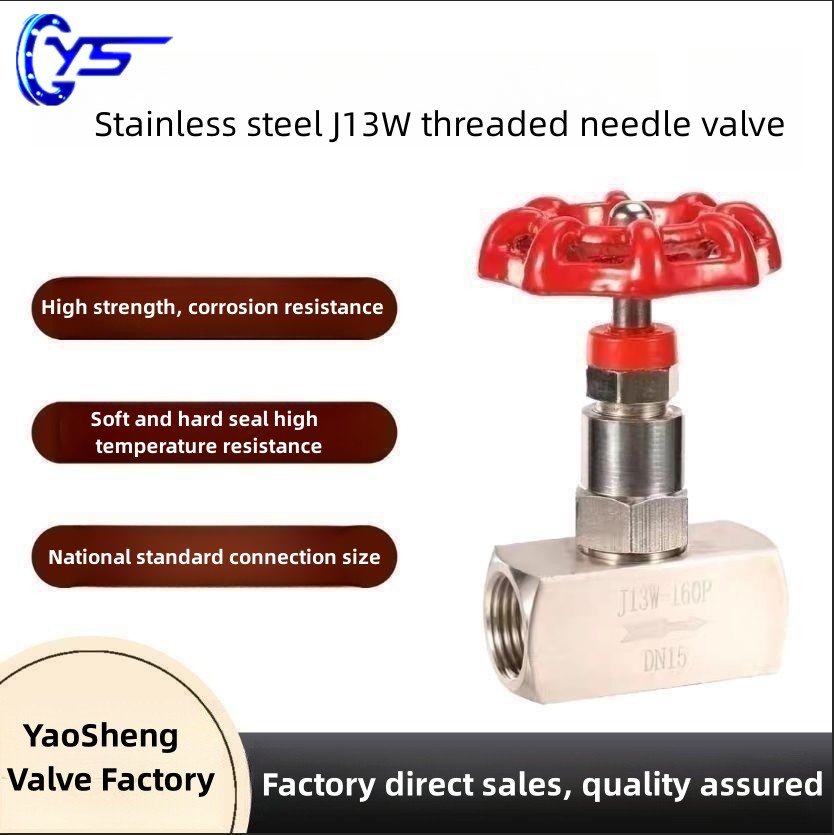swing check valve pn16
Understanding Swing Check Valves PN16 Principles, Applications, and Benefits
Swing check valves are integral components in various fluid systems, providing a reliable mechanism to prevent backflow. Among the different pressure ratings, the PN16 designation is particularly significant, denoting a nominal pressure of 16 bar (approximately 232 psi), which is a standard for many industrial applications. This article will explore the fundamentals of swing check valves, specifically focusing on the PN16 variety, their applications, benefits, and maintenance considerations.
What is a Swing Check Valve?
A swing check valve is designed to allow fluid to flow in one direction only. Operating using a hinged disc or flap that swings open when fluid flows in the correct direction and closes automatically when the flow ceases or reverses, this valve helps to protect pipelines, pumps, and equipment from potential damage caused by backflow.
The primary components of a swing check valve include the body, the disc (or flap), and the hinge. The design of the disc is crucial, as its ability to pivot freely allows for quick closure, minimizing the risk of backflow and ensuring that systems remain operational.
PN16 Specification
The PN16 classification signifies that the valve can handle pressures up to 16 bar at a temperature that does not exceed the manufacturer’s specified limits. This makes PN16 swing check valves suitable for a wide range of applications, including water supply systems, wastewater treatment, HVAC systems, and various chemical processes.
Valves designed to PN16 specifications are often constructed from robust materials, such as ductile iron, stainless steel, or bronze, ensuring durability and reliability. The choice of material also affects the valve’s resistance to corrosion, temperature fluctuations, and pressure extremes, making it vital for specific applications.
Applications of Swing Check Valves PN16
1. Water Supply Systems PN16 swing check valves are commonly used in municipal water supply lines, ensuring that water flows correctly without the risk of backflow that could contaminate the supply.
2. Wastewater Treatment In wastewater facilities, preventing backflows is essential to protect sensitive equipment and maintain operational integrity. Swing check valves help manage the flow within these systems efficiently.
3. HVAC Systems In heating, ventilation, and air conditioning systems, these valves ensure that cooling and heating fluids flow only in the intended direction, enhancing system efficiency.
swing check valve pn16

Benefits of Using Swing Check Valves PN16
1. Reliability The mechanical design of swing check valves allows for precise flow direction control, ensuring the operational integrity of fluid systems.
2. Simplicity With no external power or complex control mechanisms required, swing check valves are straightforward to install and maintain, reducing operational costs.
3. Versatility Their ability to handle various fluids, including water, chemicals, and slurries, makes swing check valves ideal for diverse applications.
4. Durability Constructed from high-quality materials suitable for the specified pressure rating, PN16 swing check valves are built to withstand harsh operational conditions.
Maintenance and Considerations
While swing check valves require relatively low maintenance, regular inspections are necessary to ensure proper functioning. Key areas to monitor include the condition of the disc, ensuring it opens and closes freely without obstruction, and checking for signs of wear or corrosion on the valve body.
Proper installation is also critical. It is essential to install the valve in the correct orientation, typically with the hinge pin horizontal, to allow for optimal performance. Additionally, ensuring that the surrounding system is designed to handle the flow rates compatible with the valve's design helps prevent issues related to pressure surges and cavitation.
Conclusion
In summary, swing check valves PN16 serve as essential components in many fluid systems, providing an effective solution for preventing backflow. Their reliability, durability, and versatility make them invaluable in a variety of industrial applications. Proper understanding of their operation, coupled with routine maintenance, can ensure these valves deliver optimal performance throughout their service life, contributing to the overall efficiency and safety of fluid management systems.
-
Reliable Hydraulic Valves for Efficient Fluid ControlNewsAug.29,2025
-
Reliable Electric Actuators for Industrial Valve AutomationNewsAug.29,2025
-
Premium Line Blind Valves for Secure Pipeline IsolationNewsAug.29,2025
-
Premium Electric Valves for Smart Fluid Control SolutionsNewsAug.29,2025
-
Precision Balanced Valves for Optimal System PerformanceNewsAug.29,2025
-
Heavy-Duty Flanged Butterfly Valves for Water SystemsNewsAug.29,2025
-
Reliable Wafer Type Butterfly Valve - Durable & Space-Saving DesignNewsAug.29,2025




